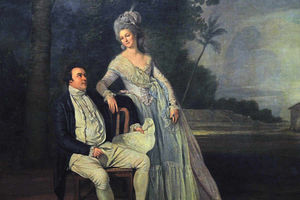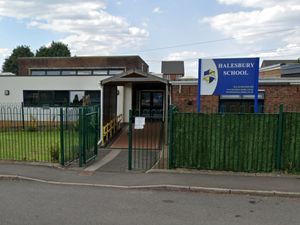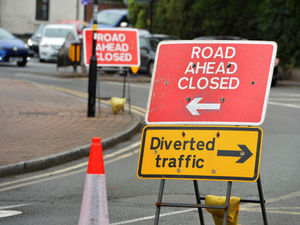Almost 10,000 council artworks hidden away
Just 80 of more than 10,000 pieces of artwork owned by Dudley Council are on display, with tens of thousands of pieces of fine art and glassware squirrelled away in storage.

Less than one per cent of the 2,000 pieces of art and 8,000 pieces of glassware, are on show according to new figures, with 50 items displayed in the Council House and 30 at a permanent gallery devoted to Percy Shakespeare.
This means 9,920 pieces of art – 99.2 per cent of the collection– are shut up in stockrooms according to figures obtained through a Freedom of Information request.
The council has been told it needs to cut £57 million from its budgets in the next three years, with more than 130 jobs to be axed by the council in a bid to cut costs and balance the books.
The council is looking to make 134 voluntary and two compulsory redundancies in 2015/16. That figure includes more than 30 youth workers who have been axed as part of a shake-up of council youth centres to save £200,000. Burial fees have also been increased in a move, expected to bring in £520,000 in the next three years.
Bill Etheridge, UKIP MEP for the West Midlands believes that the council should sell off the artworks that aren't seeing the light of day and reinvest the money.

He said: "There is no value to art if its not getting looked at. Art becomes pointless if no one is looking at it. Why has the council still got these pieces if they're just sat in storage for 11 and a half months a year collecting dust?
"If the art is of substantial value then it needs to be on display all year round for the public to see, if not the council should sell it off and reinvest the money in the Hippodrome or in other local services."
Mick Freer, who is in charge of the Halesowen Abbey Trust which protects historic buildings and collections, has called on the council to do more to show off its collections to the public.
He said: "The art should be on show, But I do sympathise with the council over a lack of space.
"I know Dudley Council have had to sell pieces off in the past which really is a shame. They need to take a modern approach to the lack of space, perhaps create a website and have all the art online for people to look at." Harry Bloomer, who is part of the Cradley Then and Now history group, added: "The council need to think outside the box with this stuff, perhaps they should consult with local artists and groups. I don't think the council should sell some of the work off, once its been acquired by the community they should do their best to preserve it."
Councillor Khurshid Ahmed, cabinet member responsible for tourism, said that the council makes an effort to change exhibitions regularly. He said: "We are fortunate to have many compelling and fascinating pieces of artwork, many of which not only give a wonderful insight to the borough's heritage, but also attract people to our many venues across the borough.
"Clearly, it is not possible to display everything all at once, but we rotate pieces wherever possible and hold dedicated exhibitions throughout the year."
Sharon Joinson, a spokesperson for the West Midlands Arts Council, also defended the council's position. She said: "All museums and public collections have much bigger stores of artefacts than they have on public display at any one time. Items in collections can be acquired in a number of ways: Donations; bought; bequeathed; long term loans sometimes for hundreds of years or items held in trust.
"Items need to be conserved, mended and repaired regularly and some items can be sensitive to daylight. Some exhibitions are too delicate to go on display. However, members of the public, universities and schools can request a visit and go and see the items in the archives. Things don't need to be on public display to be accessible."





